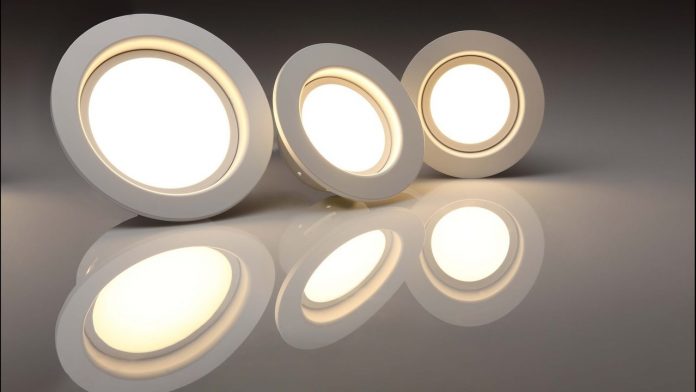by DIPKA BHAMBHANI, Forbes, Spetember 5, 2019
Let There Be Lighting Choices, Energy Department Tells Environmental Groups
The Department of Energy has decided to preserve choice in half the U.S. lighting market, not restrict Americans to light-emitting diodes (LEDs).
In a proposed rule published in the Federal Register today, DOE said Americans can choose to buy halogen, incandescent, compact fluorescent and LED bulbs for their specialty lighting fixtures instead of adhering to an interpretation of the law that would eliminate all incandescent bulbs by January 2020.
DOE’s Acting Deputy Assistant Secretary in the Office of Energy Efficiency and Renewable Energy, Alex Fitzsimmons, told Forbes this week, “Consumers can still purchase LEDs. What we are doing is allowing consumers to choose from a wider range of options.”
An ACEEE study shows the initial purchasing price of LEDs is higher than the purchasing price of similar lower-efficiency incandescent bulbs, but the inefficient bulbs would cost more in electricity use.
The electricity cost for the incandescent would be $32.27 over 10 years while the electricity cost for the LED equivalent would be $3.23.
NEMA said 2018 third quarter data shows LED bulbs account for about 65% of the consumer lamp market, followed by halogen incandescents, which account for about 28% of the market.
“By the end of 2015, traditional incandescent lamps were virtually gone from store shelves and manufacturers were no longer shipping those lamps,” NEMA said in its December 2018 blog.
Although whether incandescent light would be restricted is not yet settled, this article proves to us that LED lights are the major players of the current lighting industry in every possible way, ranging from manufacturing cost to energy efficiency. I think it is important to keep in mind that as long as lighting design is involved, it’s likely to be LED.




